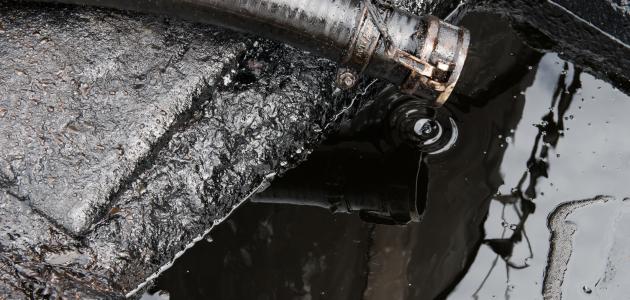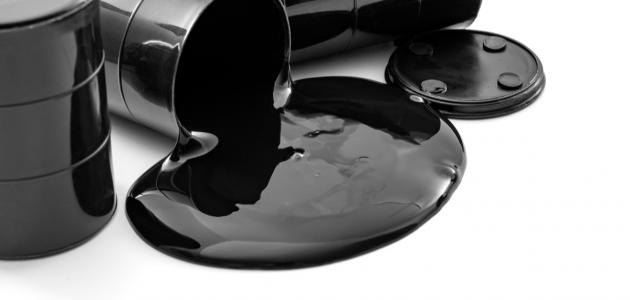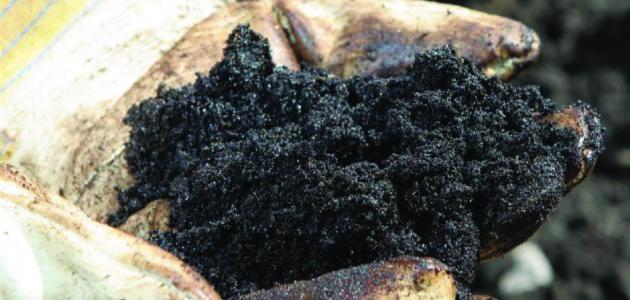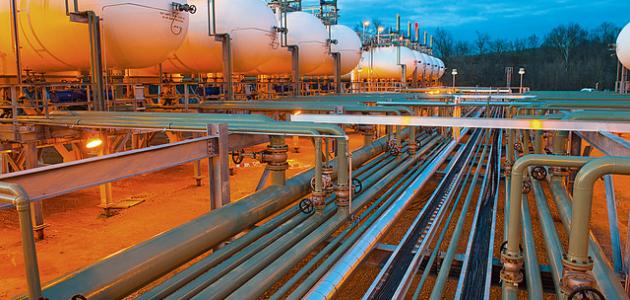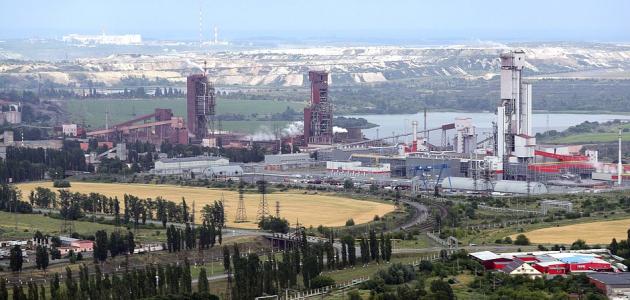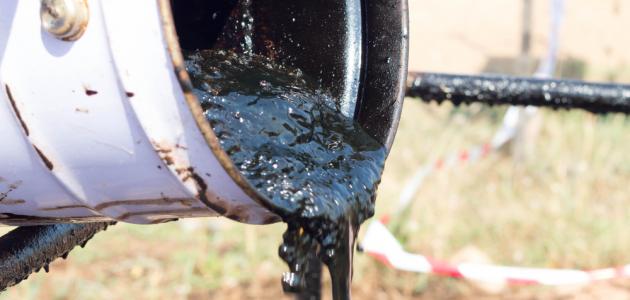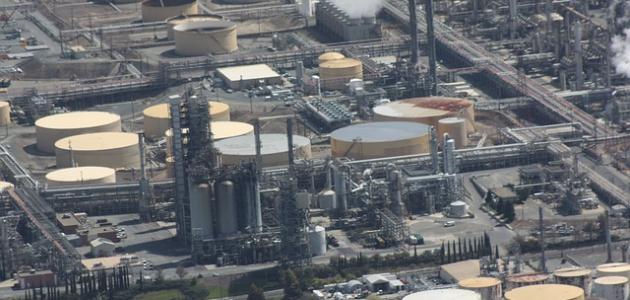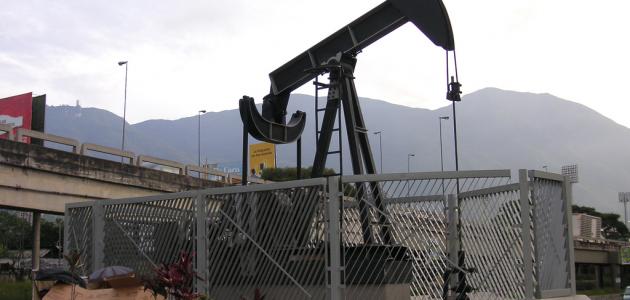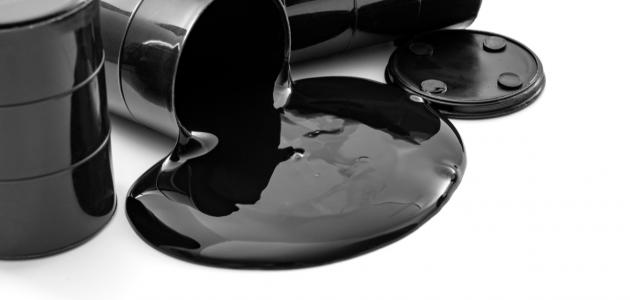Hydrocarbons that make up crude oil
Crude oil consists of hydrocarbons and other chemicals. The hydrocarbons found in crude oil can be classified into four main types:
- Paraffins, which constitute 15-60%.
- Naphthenes, approximately 30-60%.
- Aromatics, which constitute about 3-30%.
- Asphalt, which constitutes the remaining amount.
Light oil can contain about 97% hydrocarbons, while heavy oil and bitumen can only contain about 50% hydrocarbons, along with larger amounts of other elements.
Chemical elements that make up oil
Oil consists of a group of chemical elements. These elements are:
- Carbon by about 85%.
- Hydrogen by about 13%.
- Nitrogen, which constitutes 0.5%.
- Oxygen, which constitutes about 1%.
- minerals; Such as iron, nickel, and copper at a rate of less than 0.1%.
Color of crude oil
Crude oil is usually black or dark brown in color, and it can also be reddish-yellow, tan, or greenish. These differences in color indicate the distinct chemical compositions of different sources of crude oil. For example, petroleum that contains a small amount of minerals, or sulfur, tends to be lighter in color.
Read also:How to make charcoalOil formation
Geological conditions millions of years ago contributed to the formation of oil, when plants, algae, and plankton were washed to the bottom of the oceans and shallow seas, then buried and exposed to pressure under millions of tons of sediment and other layers of plant remains. These seas then dried up, leaving behind the basins. Dry sedimentary sediments, and these organic materials, deep in the bottom of the basin, were exposed to pressure between the Earth’s mantle and the layers above it in the presence of very high temperatures, and in conditions of almost no oxygen, which led to the transformation of the organic materials into a waxy substance called kerogen.
As heat and pressure increase over time, kerogen undergoes a process called decomposition to turn into hydrocarbons, which are chemicals made up of hydrogen and carbon. Different levels of heat and pressure can lead to the formation of different forms of hydrocarbons.
Oil refining
Oil goes through several stages in order to be refined. The first process is distillation, in which the crude oil is heated and then introduced into the distillation column. As the temperature of the crude oil rises in the distillation column, the components of the crude oil separate into different components called “fractions,” which Assembled separately, each of these components corresponds to a different type of petroleum product, depending on the temperature at which that component boils.
Read also:Make a metal detectorThe oil goes through a second stage called cracking and refinement. The heavy components resulting from the previous process go through a process called cracking, in order to dismantle these components. This process produces products of a higher value than the heavy components. This process is often used to produce gasoline and jet fuel from heavy petroleum components.
Read also:Where is Shaybah field located?The treatment process is usually used on light, low-value fractions, in order to produce more gasoline. The treatment stage stimulates chemical reactions under pressure, to change the composition of the hydrocarbon chain in the oil. The production of final petroleum products varies from one refinery to another, but oil refineries are usually designed in the United States. United States to produce as much gasoline as possible; This is due to the high demand for it from the transportation sector.
